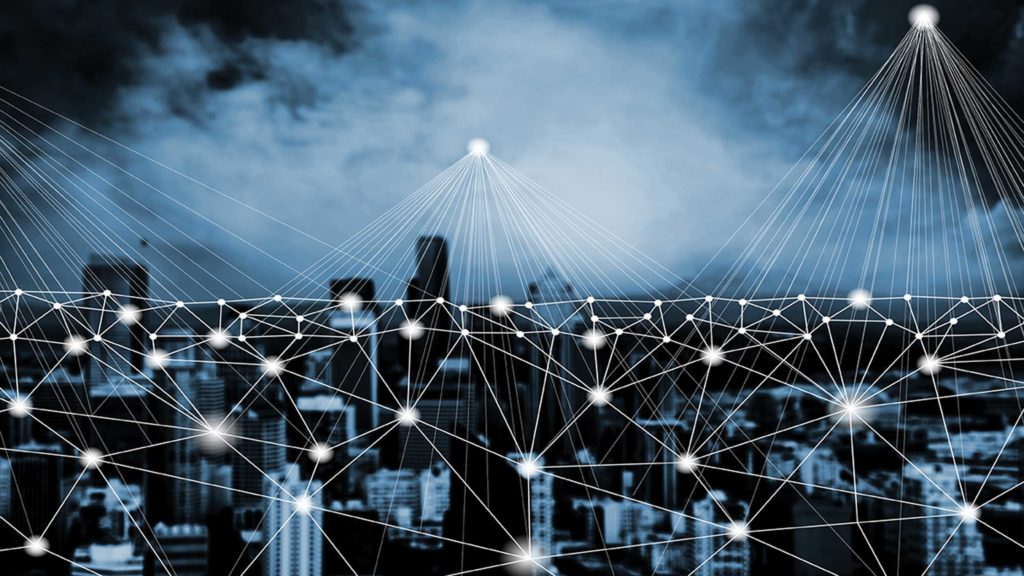Smart speakers, surveillance cameras, robots, and even self-driving cars utilise edge AI, but what is it, and how does the technology work? Despite the impact of COVID-19, the deployment of Edge infrastructure and applications has continued over the past two years.
Put simply, Edge AI is a combination of edge computing and artificial intelligence (AI). It allows for IoT devices to become smarter, making predictions, processing complex data and administering solutions.
Edge computing
Consisting of several techniques bringing data collection, analysis, and processing to the edge of the network, computing power and data storage are located where the data collection occurs. What is meant by the network edge depends on the use case. This could be an IoT device or a cell tower for example.
Edge computing is done at or as near to the data source as possible, instead of relying on the Cloud at various data centres that perform the task.
Edge AI is a paradigm for creating AI workflows that span centralised data centres, referred to as the cloud, and devices outside of the Cloud, closer to humans and physical things (the Edge). Edge AI can be thought of as analytics that take place locally, utilising advanced analytics methods, including machine learning and AI, edge computing techniques such as machine vision and sensor fusion. Edge AI also requires suitable hardware and electronics to enable Edge computing.
Edge AI contrasts the more common practice, Cloud AI, in which the AI applications are developed and run entirely in the Cloud.
How does Edge AI work?
In a typical machine learning setting, models are trained for a specific task on a suitable dataset. Training models in this context means programming them to search for patterns in the training dataset and evaluating it on a test dataset to validate its performance on other unseen datasets. This could have similar properties to the ones the model is trained on.
The model is then deployed and can be used for inference in a specific context, referring to the process of using a trained learning algorithm to make predictions.
The model produces predictions which are utilised to improve business processes. The model typically works using an API, communicating to another software component or sometimes visualised on the application front-end for the end user.
Benefits of Edge AI over Cloud AI
Cloud computing is no longer enough to deal with new trends of Industry 4.0, autonomous systems and intelligent IoT devices, meaning utilising the Cloud to execute inference is becoming increasingly less suitable.
- Reduced latency and higher speeds
- Reduced bandwidth requirement
- Increased data security
- Improved reliability
- Reduced power
Use cases
Manufacturing
Edge AI can be utilised for manufacturing quality control. Advanced machine vision can accurately monitor product quality, detecting the smallest quality deviations. Edge AI can analyse sensor data and detect abnormalities almost in real time, meaning the device can be shut off before it breaks.
Transport
Real-time analysis of data collected from passenger aircraft sensors can help to improve flight safety. Edge AI can also be used to locate fast vehicles with accuracy and in smart traffic cameras, adjusting light timings to optimise traffic.
Energy
A smart grid requires communication between devices, therefore using a traditional cloud system to transfer data might not be the best option.
Progression
The edge global edge computing market will grow 37% per year and be worth an estimated $43.4bn by 2027. Edge computing is unlikely to completely replace cloud computing, but it will work simultaneously with it. Cloud computing remains an important and powerful tool for IoT, however hardware on edge devices has become more capable and software is becoming increasingly optimised for edge devices.
